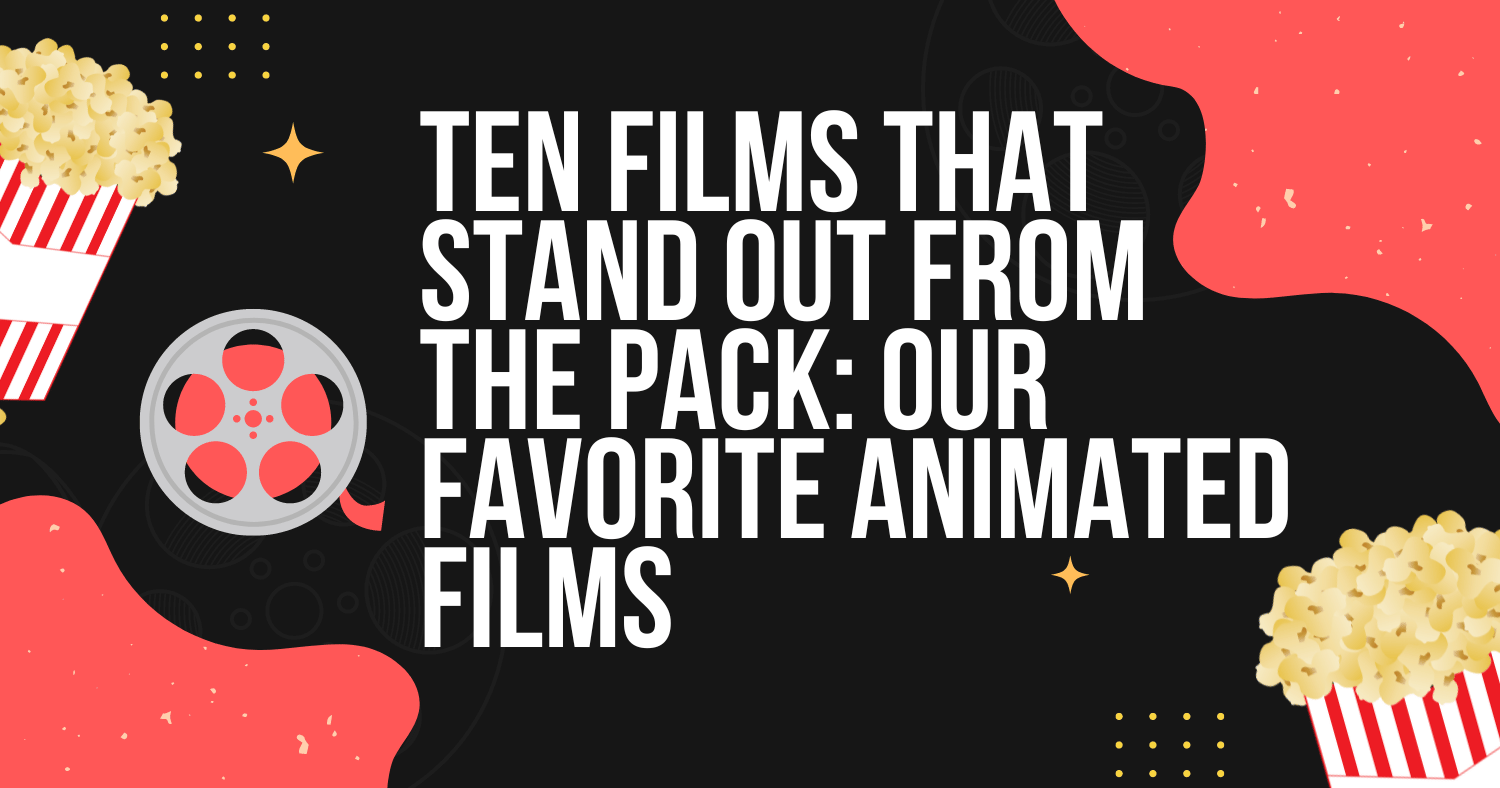Ten films that stand out from the pack: Our favorite animated films
Making a film requires organizing a team of competent people to force an imagination into reality. All this, along with some supernatural rituals and the sacrifice of goats, goes into making an animated film. With so many studios utilizing the same software to create their movies, things might seem repetitive. Not so for this compilation. These films feature some of the most distinct visual styles we’ve ever seen.
We recently spoke with Director Kris Pearn about his newly released film, the Netflix original “The Willoughbys.” Kris worked hard to incorporate an animation style into the story. For example, all the Willoughby children have hair matching the yarn their mother uses to crochet. This was done to emphasize how the family had been linked together.
This made us wonder: What other animated films employ their distinctive graphical style to enhance their storytelling? We threw a few ideas around the water cooler and discovered a shared affection for ten specific flicks. Here is a list of ten animated films with radically different art styles.
Cloudy with a chance of meatballs.
Cloudy with a Chance of Meatballs is a hilarious, fast-paced adventure. That feeling was conveyed through the figures and backdrops’ styles. What distinguishes this film is the contrast between the comical characters and the realistic cuisine. The animators used photographs from vintage advertisements as references and began flinging objects like burgers from the tops of buildings to see how they would look upon landing.
 Imagine your employer instructing you to go to McDonald’s and order 50 cheeseburgers to throw off the roof after lunch. What’s more striking is that the wacky art style never hampers the tale. The characters can go through some severe emotional arcs, and there is fantastic growth throughout the film and its sequel.
Imagine your employer instructing you to go to McDonald’s and order 50 cheeseburgers to throw off the roof after lunch. What’s more striking is that the wacky art style never hampers the tale. The characters can go through some severe emotional arcs, and there is fantastic growth throughout the film and its sequel.
Into the Spider-Verse
Into the Spider-Verse is among the first animated films that combine a 2D comic book approach with current 3D graphics. The painters and directors went so far as to create their software for rendering their digital creations. This Oscar-winning film dazzled audiences with its inventiveness. It taught the motion design profession that rules are meant to be broken. The animators came up with ground-breaking ideas for this film, studying how to take advantage of the faults in the reference material.
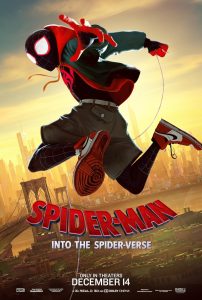
Into the Spider-verse eventually repackages the vintage comic book style into something new that more than just comic book fans can enjoy.
Combining that with a beautiful story, an incredible score, and the characteristic Lord and Miller humor, you have one of the best superhero films ever created.
ParaNorman
ParaNorman, produced by Laika Studios, exemplifies how technology may improve traditional filmmaking approaches, such as stop-motion animation. The filmmakers employed 3D printing to automate a previously laborious process.
This enabled them to design puppets with an almost limitless number of attributes for stop-motion productions. Nearly 8,000 faces were printed on the Norman puppet during the film’s production.
After the scenes were assembled, effects were added, such as crowds or removing rigging parts from the set. The ending seamlessly blends complex stop-motion and CG methods to create a magnificent battleground you can almost touch and feel.
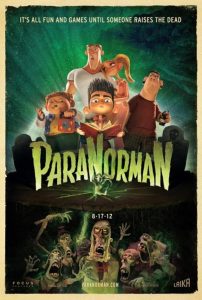
Rango combines live-action with animation to create a spectacular and nasty mashup. Gore Verbinski aimed to reproduce the dusty atmosphere of an old Western picture, complete with bizarre and unusual characters. They then went further, replacing the original actors with caricatured animals.
Similarly to Into the Spider-Verse, the animators tried to take advantage of computerized animation faults.
They drew inspiration from live-action rehearsals, from lightning to facial expressions, to ensure they could deliver Gore’s nasty and off-the-wall vision. What is the result? Have a peek.
Fantastic Mr. Fox
Fantastic Mr. Fox is a famous story by British novelist Roald Dahl. With his unique twist, Wes Anderson retold the narrative in a 3D stop-motion/CG animation. Anderson’s picture exemplifies his passion for stop-action, a handcrafted aesthetic, and pushing the boundaries.
The production was quite detailed. Scenes were shot multiple times with variable lighting and varying amounts of items on stage. The set may be viewed as breathing throughout the day.
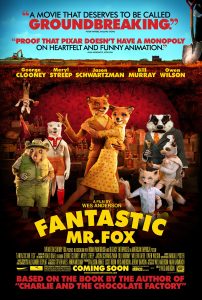
What impresses us the most is Anderson’s unique filmmaking technique and the complexities of stop-motion animation. Anderson defied all the rules, even keeping his characters unmoving for long stretches. Everything comes together to form a unique vision.
Because of the meticulous attention to detail used in the concept and production of each scene, this picture is regarded as having set the standard for animated films of the decade.
The Red Turtle
The Red Turtle is an artistic marvel. We could spend a whole essay discussing Studio Ghibli flicks, but this one is a standout.
Background scenes were created using charcoal, scanned in, and painted on the computer. This contributed to the film’s serene watercolor aesthetic. The simplistic character designs also contributed to the tale, allowing viewers to fill in the blanks with emotions.
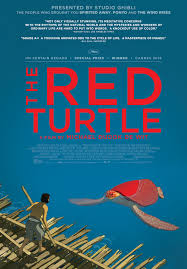
The designers found the turtle the most difficult to deal with. They created the turtle using 3D rendering software before preparing it in Photoshop for the 2D application. Michaël Dudok de Wit and Studio Ghibli did an excellent job assembling the picture.
Triplets of Belleville
Triplets of Belleville combines nostalgia for 1940s and 1950s art trends with an immensely distinct visual language. The film contains no conversation and is intended to pay homage to historical art and music. Hand-drawn graphics, stop-motion, CG, and some 3D rendering techniques are used extensively throughout the film. One aspect that distinguishes this picture from others is the use of color, settings, and music to communicate emotion in the absence of words.

The hyper-realistic approach borders on bizarre in the most excellent way possible, generating feelings without saying anything. The film received nominations for its original score and Best Animated Feature.
Waltz with Bashir.
Waltz with Bashir combines cutout drawings with meticulously replicated real-life scenarios. The documentary has been transformed into an animated feature. Director Ari Folman sought to go beyond basic narrative; he believed that the animated segment of the film—which accounts for most of its runtime—helped the audience connect with the characters and the plot.
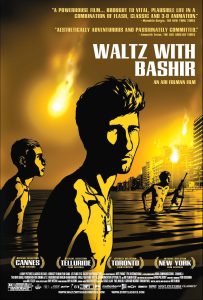
Waltz with Bashir demonstrates how animation may add power to a specific message that you want your audience to hear.
The Secret of Kells
Elaborately and appealingly, The Secret of Kells brings medieval manuscripts to life. The picture was nominated for an Academy Award before its nationwide release. The story and animation resonated with so many people that they soon gained attention. The fictitious plot is about preserving one’s culture, and modern Celtic animation’s Secret of Kells’ 2D and 3D animation techniques do this.
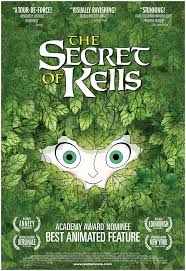
The film took years, and various production houses worked on it. The film was made this way due to several subsidies for its creation. Today’s inspiring film might have been made with a mixture of hands and money. At one point, the group collaborated in Berlin with The Triplets of Belleville’s producer.
Paprika
Satoshi Kon developed Paprika. Mr. Kon primarily used hand-drawn scenes and figures, resulting in some mind-bending imagery. He mostly used CGI to improve the film’s visuals and efficiency. He uses his artistic skills and camera to generate mystery, surprise, and bewilderment.
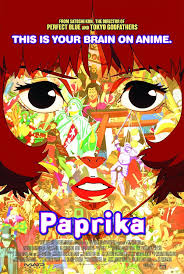
Kon’s style has influenced directors like Christopher Nolan and Darren Aronofsky. Kon’s animation abilities are unparalleled in the industry.
The beginning of Tigtone
The Begun of Tigtone was an Indiegogo campaign now airing on Adult Swim. It’s a funny satire of fantasy films and video games that satirizes the conventions through the exploits of gorgeous buffoon Tigtone. Andrew Koehler used 2D motion animation and performance capture to bring his characters and scenes to life. Specific actors recorded facial expressions, while others performed sequences depicting the characters’ bodily actions. The limited animation on the bodies is part of the satire.
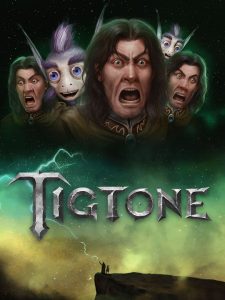
Animation has evolved significantly since the days of Steamboat Willie. You no longer need a great cartoonist to make award-winning animated films. Your vision, willpower, and a vital education can help you achieve your wildest dreams. Find your passion, and the audience will follow.
It’s time to begin your animation journey.

